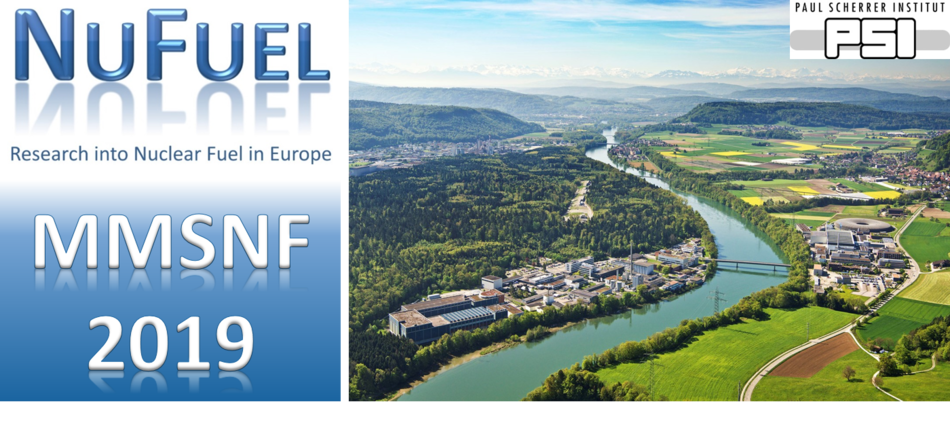Speaker
Description
In order to support the constant improvement of nuclear technology, the Molten Salt Fast Reactors (MSFR) were proposed satisfying the main goals of the Generation IV Nuclear Reactors as sustainability, safety and reliability, economic competitiveness and proliferation resistance. The peculiarity and innovation of the MSFR technology is the use of liquid fuel, a molten salt mixture in which fissile and fertile isotopes are dissolved. The knowledge of physical properties as density and viscosity of the molten salts is required to predict the flow and turbulent heat transfer of the fuel through the reactor circuit since it serves the dual function of nuclear fuel and heat transfer medium. Due to the small amount of salt usable, the radioactivity of the samples, their corrosiveness, and high temperature current techniques for determining these properties cannot be used with molten salts. An innovative method based on ultrasonic wave propagation has been developed for the determination of the viscosity of fluids at high temperature. A waveguide is used to remotely transmit the ultrasonic waves from a shear piezoelectric transducer into the molten salt. At the solid–fluid interface, a guided wave mode, the shear mode, is used to extract the fluid properties. The ultrasonic wave energy reflected back depends upon the operating frequency, the physical properties of the fluid (viscosity and density), and the waveguide (density and shear modulus). The results show that the attenuation of the waves can be retrieved using this method. Measurements on water, ethanol, oil and glycerine-water mixtures illustrate that the method can successfully monitor changes in attenuation due to the viscosity of the fluid. The range of viscosity measured was between 1 and 40 mPa s, since this is the same predicted range of viscosity of molten fluoride salts at various temperatures. The fluids are measured at a variable temperature between 20 and 30ºC showing a decrease in the viscosity with temperature as expected. The relative error for these measurements was always lower than 5% and it is believed to be mainly due to geometrical features of the current experimental setup. An ionic salt with very similar properties to the molten salt was measured. The error was in this case 20 % and it is believed to be due to particular properties of ionic salts to be investigated. A set up for measuring fluids up to 100ºC is under development and it will be followed by the construction of a furnace for molten salts.
This method offers advantages in measuring viscosity reducing experimental time and using a small amount of sample without any mechanical equipment.
